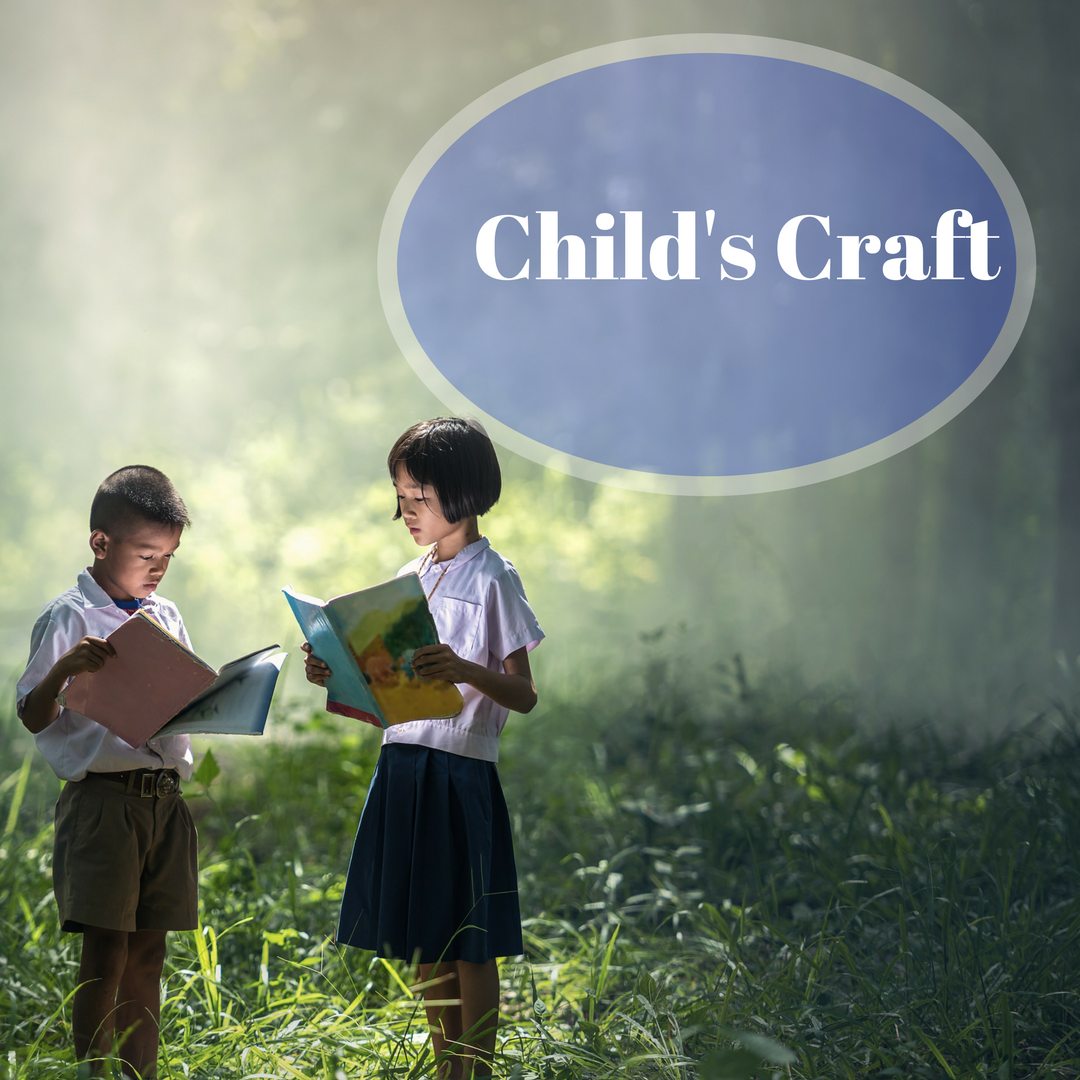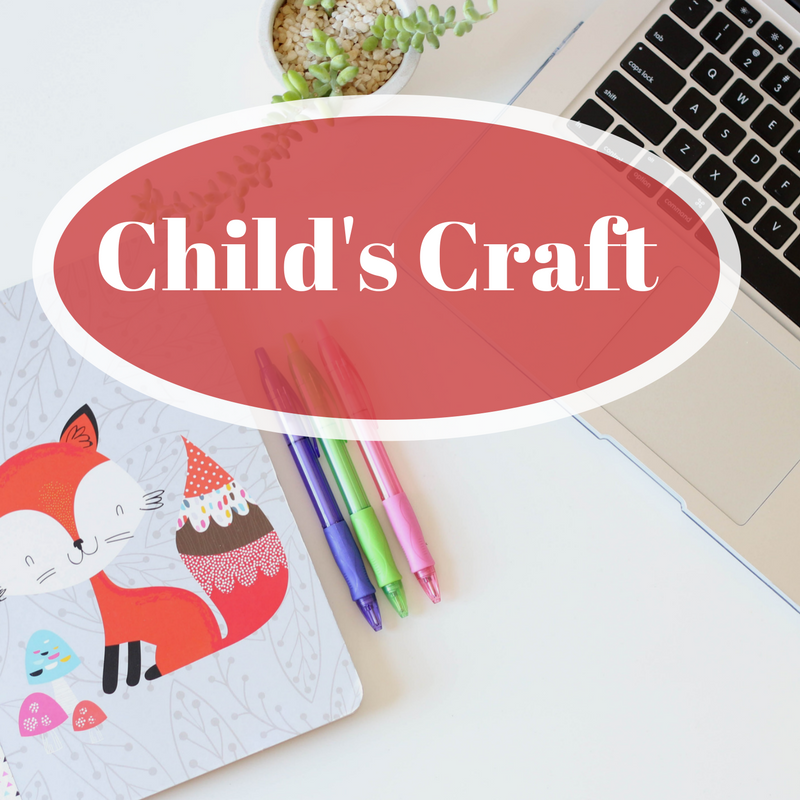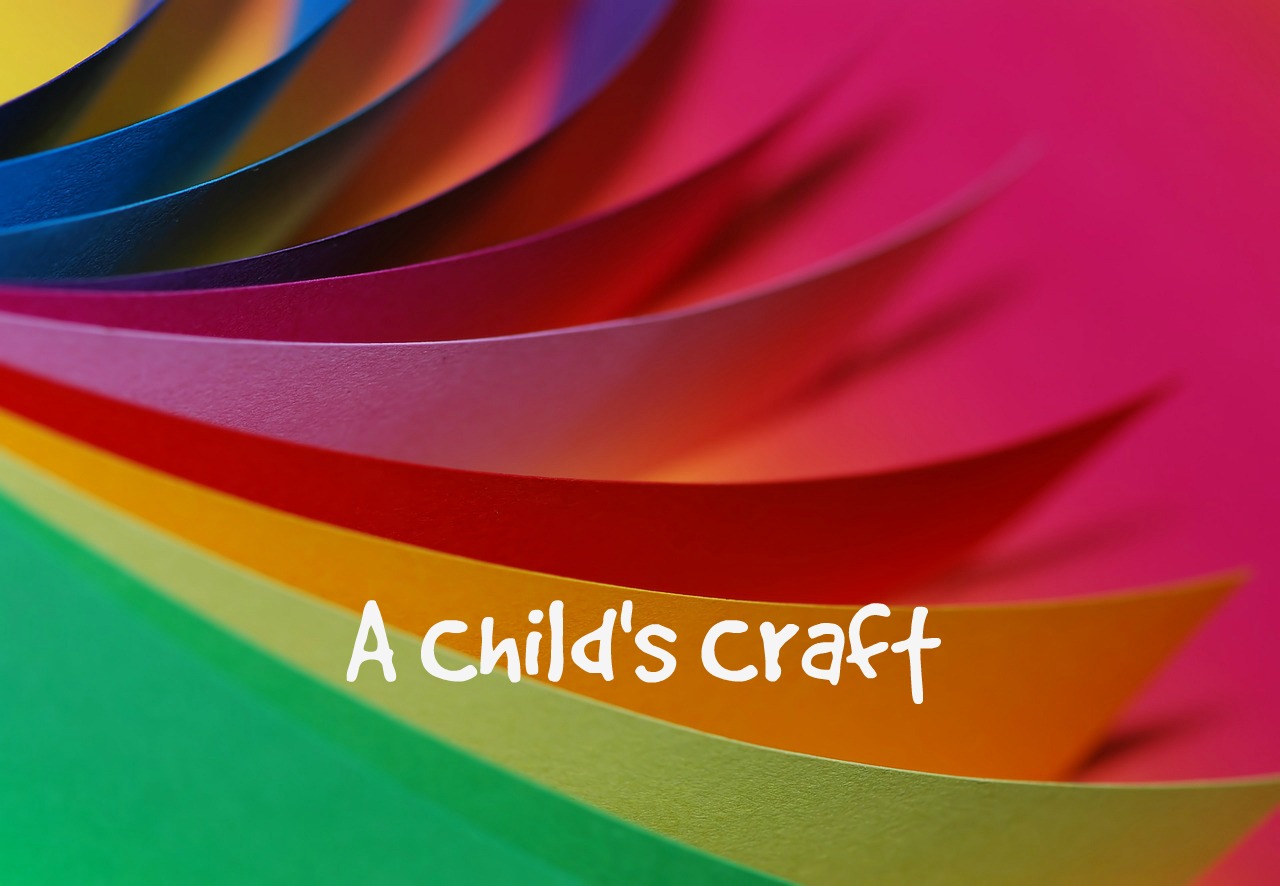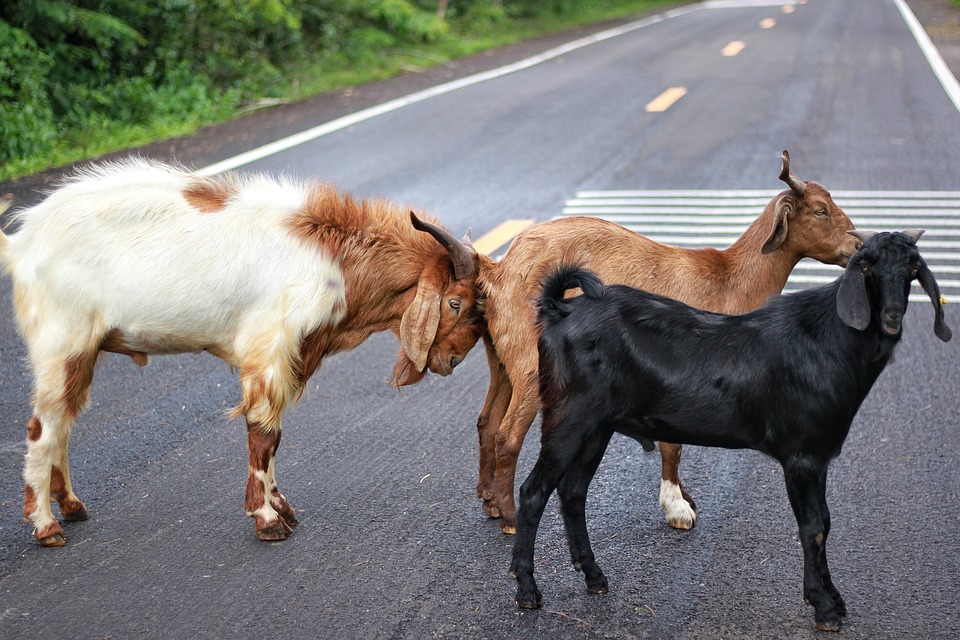
What IS a picture book?
We’re story-tellers! So, we often want to tell every scrumptious detail of our stories as we write. But not…
February 21, 2019
We’re story-tellers! So, we often want to tell every scrumptious detail of our stories as we write. But not…
February 21, 2019
Whether you write for children or adults, or both, meeting with industry professionals at writers’ conferences is essential. But…
January 21, 2019
Christmas is usually crammed full of jingle bells and jolly times. But not always, and not for everyone. Just…
December 21, 2018
Thanksgiving is tomorrow! Yay! It really is my favorite holiday. It’s all about gratitude, family, friends, food and for…
November 21, 2018
A Quick Look at the Two Middle Grade: Age of readers: 8 to 12 or 13 Length of books:…
October 21, 2018
Last month we looked at an overview of writing nonfiction for kids. This month we focus in on writing…
September 21, 2018
In the publishing world nonfiction is a hot item at this time. For both children’s magazines and books (especially…
August 21, 2018
Inspiration for the stories we write often comes from our own childhood experiences. But, times change; cultures change; technology…
July 21, 2018
As I mentioned in my last post, Understanding Early Readers, there are several markets for books for emerging readers.…
June 21, 2018
A few weeks ago I started typing a new manuscript. I thought it was going to be a picture…
May 22, 2018
In her book The Art of Characterization Fay Lamb proposes that writers “use the other elements of storytelling to…
April 21, 2018
According to Elaine Marie Alphin (Creating Characters Kids Will Love p. 2) “Kids read because a magical closeness springs…
March 21, 2018
Great writing is great writing! Right? Yes, but writing for children does have challenges that are different from…
February 21, 2018
I write for young children – picture books and board books. One of my goals for 2018 is to…
January 25, 2018
I’ve been baking for a couple of weeks now. The wonderful aromas of spices, sugar and chocolates fill my…
December 21, 2017
By Jean Matthew Hall Before our grandchildren came along always read the Christmas story in Luke 2 around the…
November 21, 2017
Book Genres specify the types of literature that share certain common aspects. Genres include mystery, romance, historical fiction,…
September 21, 2017
My daughter-in-law is a first-time mom to my newest grandchild. Dylan is four months old and, of course, absolutely…
August 21, 2017
Why do you write for Children? To be famous? To teach children the truth? To evangelize children? To fulfill…
July 20, 2017
I’ve been asked multiple times by others hoping to get published what tips I had for getting published. Here…
June 20, 2017
My husband and I recently spent a few days in Napa Valley. We stayed in a quaint Bed and…
May 20, 2017
I frequently get asked the question of how I got published. Okay. I’ll tell. God placed the notion on…
April 20, 2017
As I was running trails with my dog one day, I was overcome with awe at the beauty, the…
March 20, 2017
Back in my carpool driving days, I discovered that if I arrived early for afternoon pickup, I’d get a…
February 22, 2017
So the new year has come! Did you make resolutions of things to do or not to do? Will…
January 20, 2017